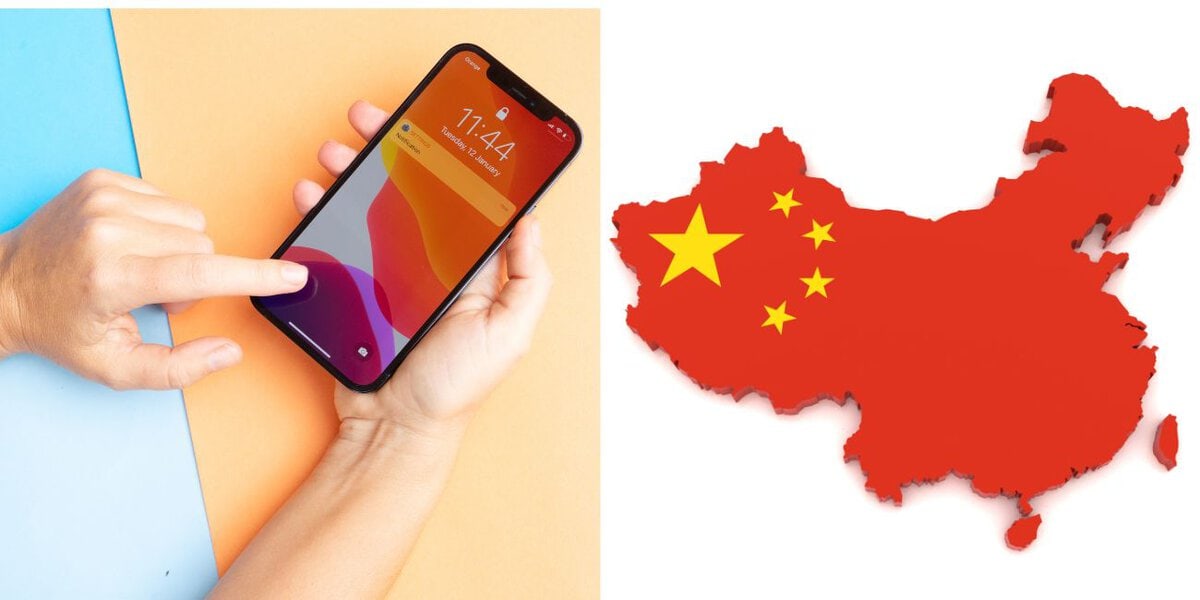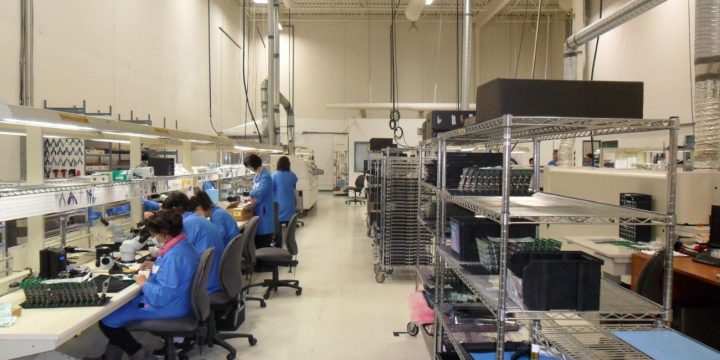Apple’s iPhone is one of the world’s most iconic and widely used products today. While many people know Apple manufactures the iPhone, not everyone knows the global effort that goes into producing it. The iPhone’s production process spans many countries, each contributing a specific part to its creation. From sourcing the raw materials to assembling the final product, the iPhone results from a complex, international supply chain.
This article will explore the countries involved in iPhone production, why Apple spreads its manufacturing across multiple regions, and how it impacts consumers. So, if you’ve ever wondered where the iPhone is made, keep reading to learn more.
Which Countries Are Involved in iPhone Production?

While most people think of China when they think of iPhone manufacturing, many countries are involved in the production process. Apple has established a diverse global supply chain to ensure that its iPhones meet the highest standards in terms of quality, cost efficiency, and delivery timelines.
Here are some of the key countries involved:
- China: The primary hub for iPhone assembly is mainly through companies like Foxconn and Pegatron.
- India: A growing manufacturing site where Apple is increasing its production capacity.
- Vietnam: A major player in manufacturing components and accessories.
- Brazil: Home to some local assembly plants focused on meeting demand in South America.
- United States: Primarily focused on research, development, and smaller-scale manufacturing.
The Role of China in iPhone Manufacturing

China is undoubtedly the most significant country in the iPhone’s production process. It has long been the dominant player in iPhone assembly, with massive factories operated by companies like Foxconn and Pegatron. These companies employ millions of workers in China to handle the intricate assembly of iPhones.
Thanks to the country’s developed infrastructure, efficient supply chain, and skilled workforce, most of the world’s iPhones are assembled in these Chinese factories. Apple’s reliance on China stems from low manufacturing costs, high-quality output, and rapid delivery capabilities.
Foxconn’s Shenzhen factory, in particular, is one of the most famous production sites, where thousands of workers assemble iPhone parts. While Apple has taken steps to diversify its manufacturing footprint, China remains the backbone of iPhone assembly.
The Manufacturing Process: From Parts to Assembly
Manufacturing an iPhone isn’t just about assembling parts; it involves several complex steps, each involving a different country or company.
- Component Manufacturing: Various components, such as the screen, chips, battery, and camera modules, are sourced from different countries. For example, the screen might come from Japan (thanks to Sharp), while Taiwan’s TSMC produces the chips.
- Assembly: Once the components are manufactured, they are shipped to assembly plants. This is where the bulk of the labor occurs, as parts are combined, tested, and finalized for the final product. China is the primary location for this assembly work.
- Quality Control: After assembly, the iPhones undergo extensive testing to meet quality standards. This testing is often done in the same factories where assembly takes place.
- Distribution: Finally, the iPhones are shipped globally, going to retail stores and online stores and eventually reaching consumers.
India’s Growing Role in iPhone Production
In recent years, India has become an increasingly important player in the global iPhone manufacturing process. While China still dominates, Apple has shifted some of its iPhone production to India to diversify its supply chain and reduce dependence on a single country.
Apple has partnered with companies like Foxconn and Wistron to build factories in India. These factories assemble older iPhone models, such as the iPhone 12 and iPhone SE. India offers several benefits, including a lower labor cost and government incentives to encourage local manufacturing.
Apple’s strategy of expanding its production in India is also motivated by the desire to tap into the growing Indian market and avoid import tariffs.
What About Other Countries? Brazil, Vietnam, and the U.S.

While China and India are the most well-known countries involved in iPhone manufacturing, other nations play key roles in the production process:
- Brazil: Apple has assembly plants in Brazil that focus on meeting the demand for iPhones in South America. Brazil offers local production incentives, which make manufacturing there more attractive for Apple.
- Vietnam: As Apple moves some of its production outside of China, Vietnam has emerged as an essential supplier for accessories and smaller components.
- United States: While the U.S. doesn’t play a significant role in large-scale assembly, Apple conducts research, development, and specialized manufacturing here. The U.S. is also home to the Apple Campus in Cupertino, California, where much of the company’s design and innovation occurs.
Why Is iPhone Manufacturing Spread Across Multiple Countries?
Apple’s decision to expand iPhone manufacturing to multiple countries isn’t random. It’s a calculated move aimed at optimizing several factors that influence production.
- Cost Efficiency: Apple keeps costs low by producing iPhones in countries like China and India, especially when it comes to labor. Manufacturing in multiple countries also helps Apple reduce labor shortages and strike risks.
- Supply Chain Optimization: Different countries offer specialized capabilities. For instance, Taiwan is known for its advanced semiconductor manufacturing, while Japan excels in high-quality screens.
- Diversification: Given the political tensions and trade wars between the U.S. and China, Apple is increasingly looking to diversify its supply chain. Manufacturing in India, Vietnam, and other countries helps reduce risks associated with over-reliance on a single region.
The Environmental Impact of Global iPhone Manufacturing

The global nature of iPhone manufacturing also raises environmental concerns. From the mining of raw materials to the shipping of products across continents, iPhone production has a significant environmental footprint.
Apple has made strides to improve its sustainability, including using recycled aluminum in its devices and committing to a carbon-neutral supply chain. Apple is also encouraging its manufacturing partners to adopt renewable energy and reduce waste as part of its environmental goals.
However, despite these efforts, the carbon footprint of global production remains a topic of ongoing debate.
Future Trends: Will iPhone Production Move to More Countries?
As Apple continues to adapt to shifting global dynamics, iPhone production is likely to expand into new countries.
Trade tensions between the U.S. and China and the need for more supply chain resilience are driving Apple to explore other manufacturing regions. Countries in Africa, Eastern Europe, and Southeast Asia could become essential players in the future of iPhone production.
Technological advancements, automation, and artificial intelligence may further shape how iPhones are manufactured.
Conclusion: Global Manufacturing of iPhones and What It Means for Consumers
In conclusion, the iPhone is a product of global cooperation and a highly sophisticated supply chain. While China remains the dominant player in iPhone assembly, Apple’s efforts to diversify production in countries like India, Vietnam, and Brazil are helping to spread the manufacturing load.
For consumers, this means that the iPhone you purchase may have parts made in several countries, with the final assembly happening in one of Apple’s global manufacturing hubs. Understanding where your iPhone is made gives you a glimpse into the complexities of worldwide production and offers insight into the future of technology and manufacturing.
Please share this article with your friends and tell us in the comments what you think about the global nature of iPhone production. Would you like to learn more about how other tech giants manage their supply chains? Let us know!

